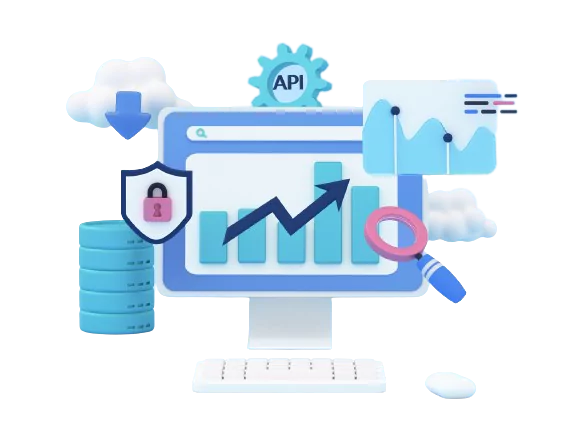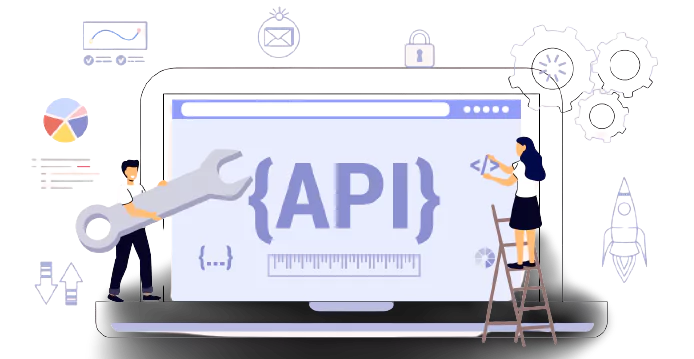


API architecture is usually explained in terms of client and server. The application sending the request is called the client, and the application sending the response is called the server.
APIs are a powerful tool for developing software applications. They allow developers to reuse code and functionality from other applications, which can save time and money. APIs also make it possible to develop more complex and integrated applications.
For example, the weather bureau’s software system contains daily weather data. The weather app on your phone “talks” to this system via APIs and shows you daily weather updates on your phone, the bureau’s weather database is the server, and the mobile app is the client.
